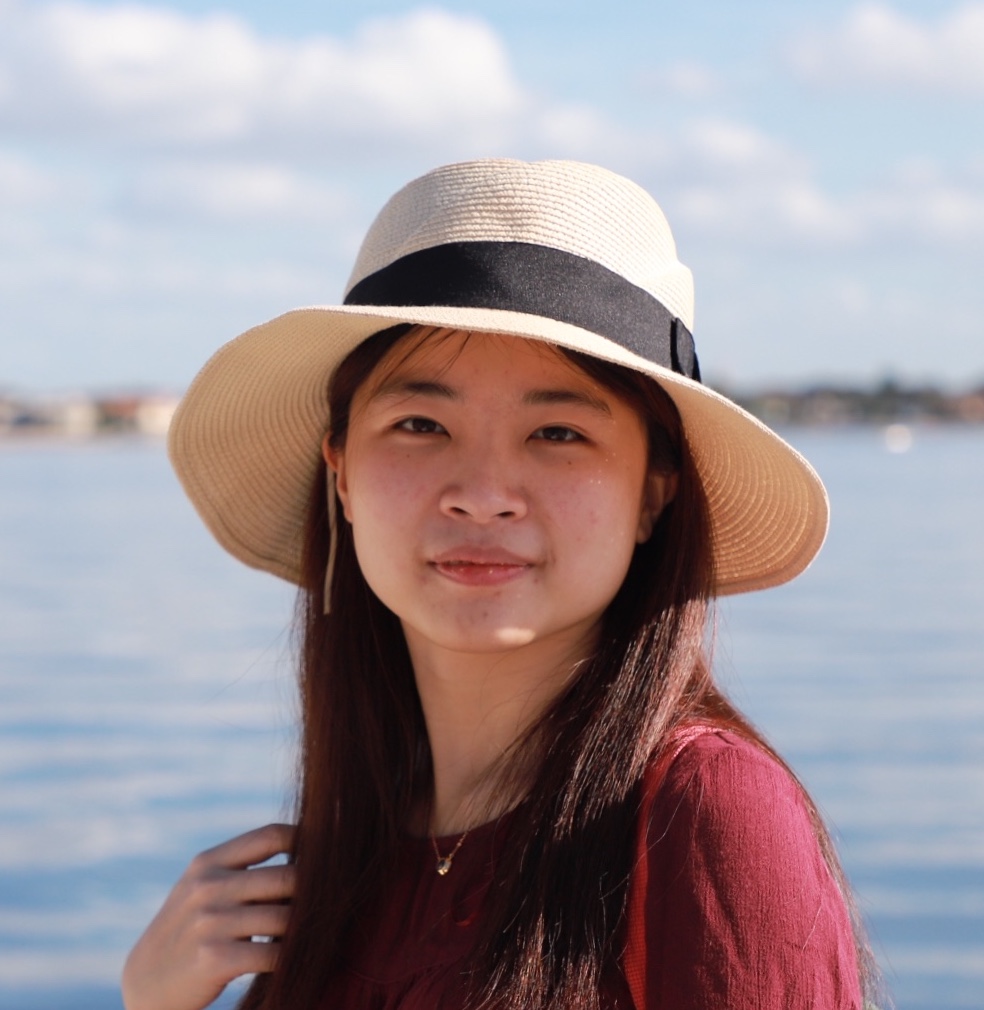|
I am joining the School of Computational Science and Engineering at Georgia Institute of Technology as an Assistant Professor this Fall 2024. I am looking for PhD students starting in Fall 2025, as well as collaborations with motivated student interns/RAs. Drop me an email if you are interested. I am teaching a special course on CSE 8803 BMI Brain-inspired Machine Intelligence this Fall 2024. Please check the tentative syllabus. Before joining Gatech, I was a Shanahan Foundation Fellow at the Allen Institute for Brain Science and University of Washington. Prior to that, I received my PhD degree in Computer Science from MIT CSAIL in 2022, advised by Prof. Nir Shavit. Concurrently, I was a fellow in the Harvard Center for Brain Science from 2020 to 2022. I received a bachelor’s degree from Tsinghua University. Email / Google Scholar / Twitter / CV |

|
|
My research lies in the intersection of natural intelligence and artificial intelligence. I am working on accelerating scientific discovery in the brain with machine learning, and bridging the gap between artificial and biological neural networks. You could check my research summary here. My research is recognized with several honors, including the MathWorks Fellowship, Shanahan Foundation Fellowship, and an NIH award. I was selected as 2022 Rising Stars in EECS and our work has been featured in MIT News and Forbes.
I am broadly interested in
|

|
|
|
|
|
|
The design and code of this website is adapted from Jon Barron's site. |